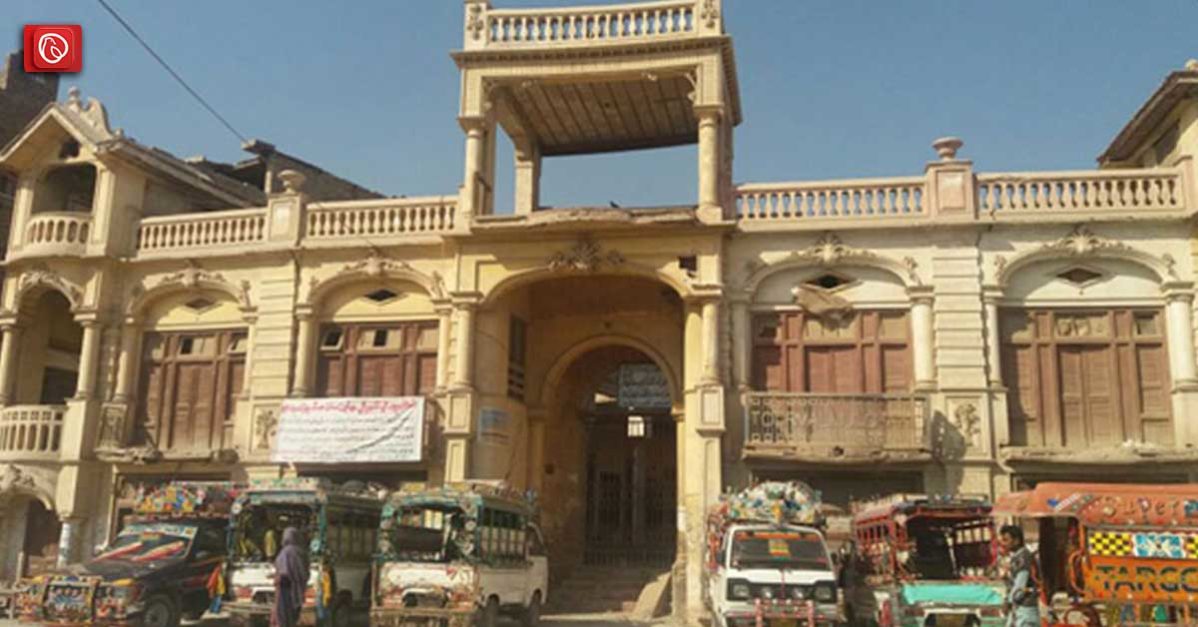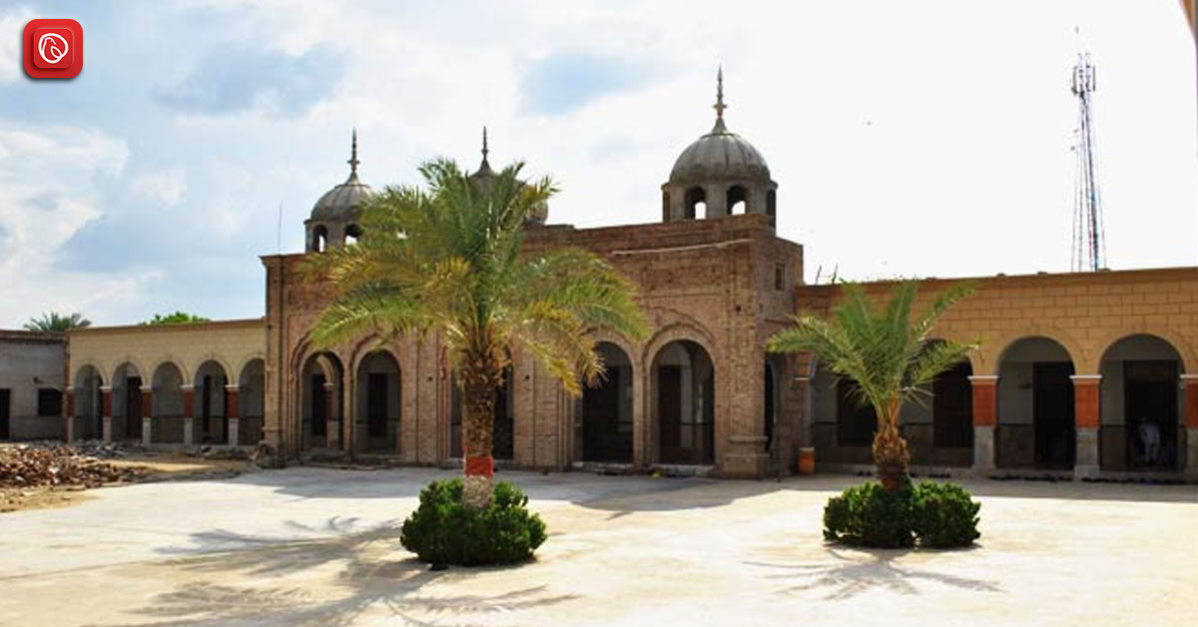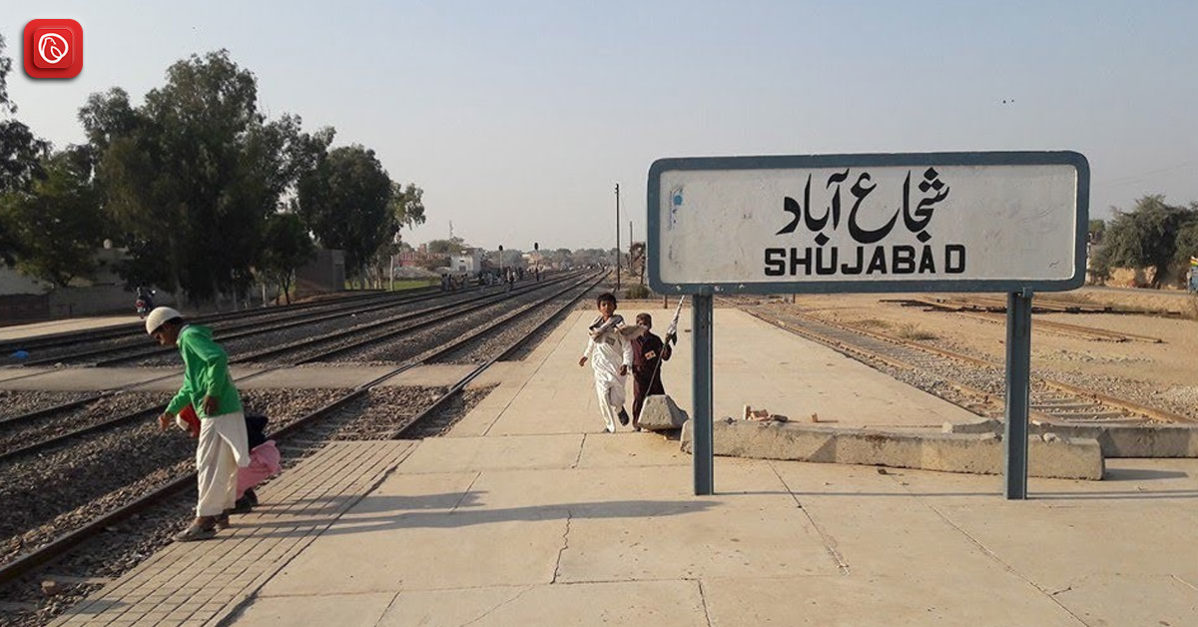Explore its winding lanes to find a plethora of handcrafted goods made by the locals, ranging from beautiful brassware to dexterous embroidery. Shikarpur offers an enthralling trip through time where the vivid spirit of the present blends with the remnants of the past. In this blog, Graana.com will give you a comprehensive insight to the city.
Location of Shikarpur
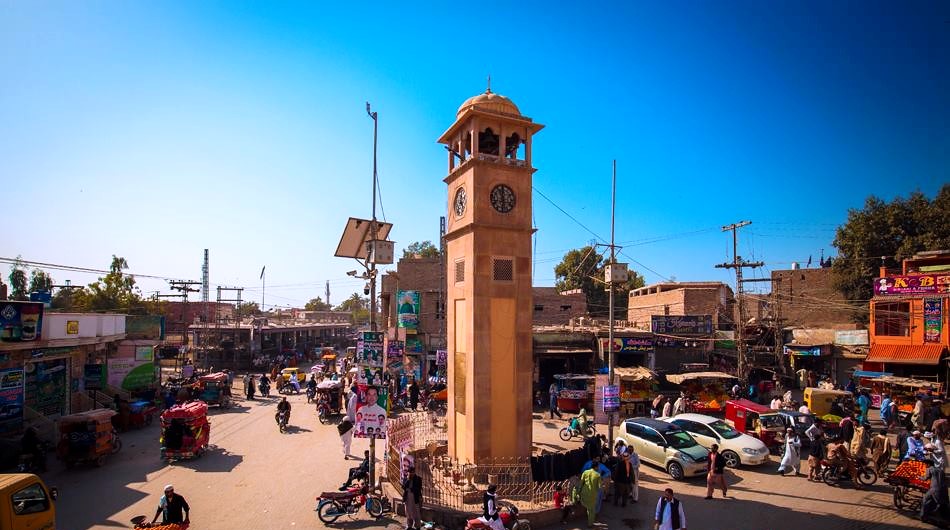
Shikarpur has a long and illustrious history that dates to the seventeenth century. It flourished as a hub for trade and craftsmanship, having previously played a crucial role in the old trading routes. Known as the “Emerald City,” this place is well-known for its vibrant covered bazaar, which offers a refuge from the intense summer heat.
Key Features
| Name of District | Shikarpur District | ||
| District Headquarter | Shikarpur City | ||
| Population | 1,231,000 persons | ||
| Area | 2,512 km2 | ||
| Population Density | 490 persons/ km2 | ||
| Population Growth Rate | 1.8% | ||
| Male Population | 51.6% | ||
| Female Population | 48.4% | ||
| Urban Population | 24.6% | ||
| Tehsils | 1. Shikarpur Taluka 2. Garhi Yaseen Taluka 3. Khanpur Taluka 4. Lakhi Taluka | ||
| Main Towns | Village Arain, Rustam, Lakhi, Madeji, Mian-ji-Goth, Khanpur, remote Chaks, bustling Beechangi, historic Garhi Yaseen, and finally, the vibrant city of Shikarpur. | ||
| Literacy Rate | 45% | ||
| Male Literacy Rate | 60% | ||
| Female Literacy Rate | 29% | ||
| Major Economic Activity | Elementary Occupations | 45% | |
| Agriculture, Livestock breeding fishing | 36.1 | ||
| Service Workers & Shop/market sales | 7.5% | ||
| Others | 11.4% | ||
| Main Crops | Sugarcane, linseed, moong, guar seed, bajra, sesanum, maash, barley, rapeseed & mustard, sunflower, jowar, masoor, wheat, cotton, rice, safflower, gram, sugar beet | ||
| Major Fruits | Mulberry, mangoes, citrus, dates, guava, ber, musk melon, jaamun, bananas | ||
| Major Vegetables | Fenugreek, spinach, coriander, cabbage, cauliflower, tomatoes, potatoes, onions, chilies, lotus roots, field vetch, beans, long melon, cucumber, bottle gourd, bitter gourd, brinjal, tinda, okra, turnips, carrots, peas, sweet potatoes, radish, lettuce | ||
| Forests (Area) | 15,937 HA | ||
| Provincial Roads | 26.9 km | ||
| Access Roads | 528.6 km | ||
| Secondary Roads | 345.8 km | ||
| No of Grid Stations | 3 grid stations in total, one each of capacity 132 KV, 220 KV, and 66 KV. | ||
| Industrial Zones | One Small Industries Estate in Shikarpur city | ||
| Major Industry and Industrial Units | Textile | 01 Units | |
| Beverages | 01 Units | ||
| Rice Husking Mills | 20 Units | ||
| Engineering | 02 Units | ||
| Agricultural Implements | 02 Units | ||
| Household Size | 5.9 persons per house | ||
| Houses (Piped Water Inside) | 20.3% | ||
| Houses with Electricity | 70% | ||
Shikar Topography
The district of Shikarpur is a plain created by the Indus River. The entire Shikarpur district is devoid of hills or mountains. The terrain dips gently from the northwest to the southeast. The land surface generally rises between 50 and 100 metres above sea level.
Water Bodies in the Shikarpur District
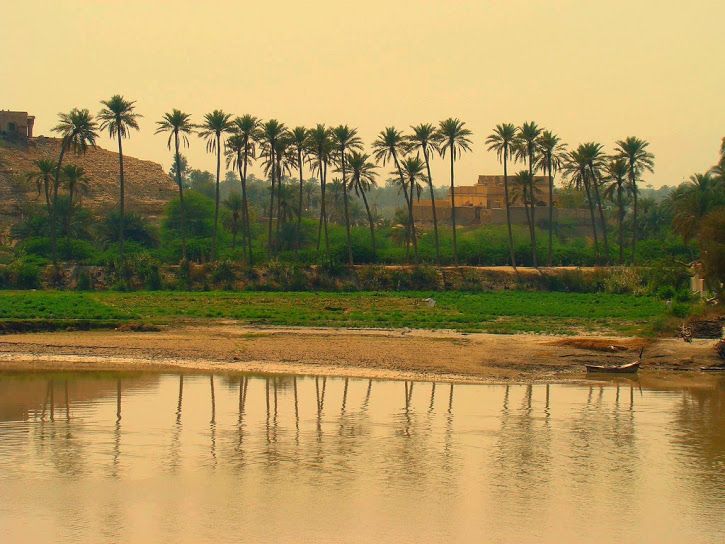
The Northeast and Southwest borders of the district are crossed by the Indus River. The river splits when it enters Shikarpur district, flowing in two different directions one half through Shikarpur district and the other via Sukkur district.
In the district of Sukkur, the two portions unite. Bohar Wah and Mirzan Wah are two additional natural streams in the district. The district obtains its water supply from canals that draw from the two barrages that have been built on the river Indus: the Sukkur Barrage and the Guddu Barrage.
Forests
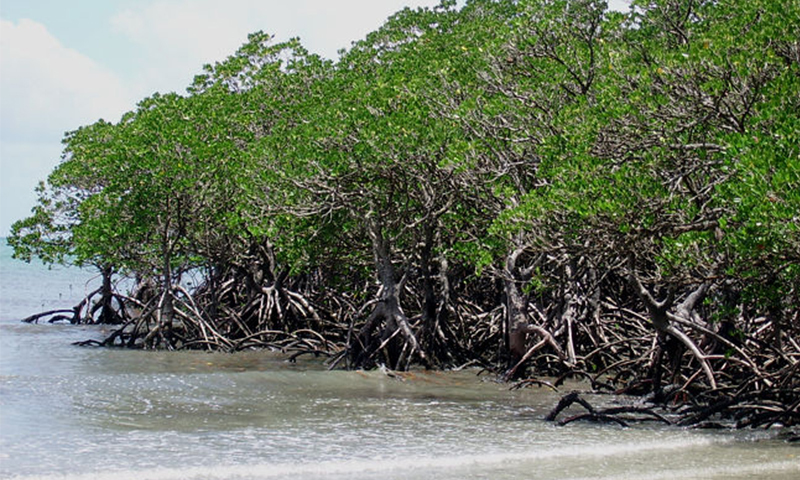
The district of Shikarpur is home to irrigated crops and riverine woods. There is 27,000 HA of authorised forest cover in the district. Babul, Bahan or poplar, lai or salt cedar, lai or athel pine, and Kandi or khejri are the principal flora of riverine forests.
African foxtail grass, Indian sandbur, jand, desert teak or rohida, kikri or baonli, peelu or vann, karir, and bansi grass are among the flora of the rangelands.
Among the district’s significant riverine woods are:
- New Gublo (HA 466).
- Gandhar (HA 177).
- Badani (290 HA)
- Gihalpur (1,840 HA)
- Yaseen Garhi (5,142 HA)
- Andaldal (267 HA)
- Mohramari: 2,880 Hectacres
- Rangelands Reserved (16,500 HA)
Soils
The extremely damp soils are referred to as sailabi in the area. When utilised for agriculture, the soil doesn’t need to be irrigated from planting to harvest.
The plain region of Shikarpur, referred to as pat in the local dialect, is made mostly of indurated river clay and stretches from the town north-westward. The area is rich and fertile thanks to the irrigation system that extends from Sukkur Barrage.
Climate of Shikarpur District
The district has a temperate winter temperature and an exceptionally scorching summer. April marks the start of the summer season, which lasts until October.
The warmest months are June, with mean maximum and minimum monthly temperatures of 44 °C and 28 °C, respectively. May, June, and July are the hottest months.
Nighttime brings a sharp drop in temperature. The sea wind, which blows for eight months from March to October, tempers the environment and makes the hot weather bearable.
November through February are the winter months, with January being the coldest. This month’s mean highest and lowest temperatures are 23 °C and 8 °C, respectively.
August and September are stifling and oppressive because they are monsoonal months. Most of the yearly precipitation falls in these months. The district receives 100 mm of rainfall on average each year.
History of Shikarpur
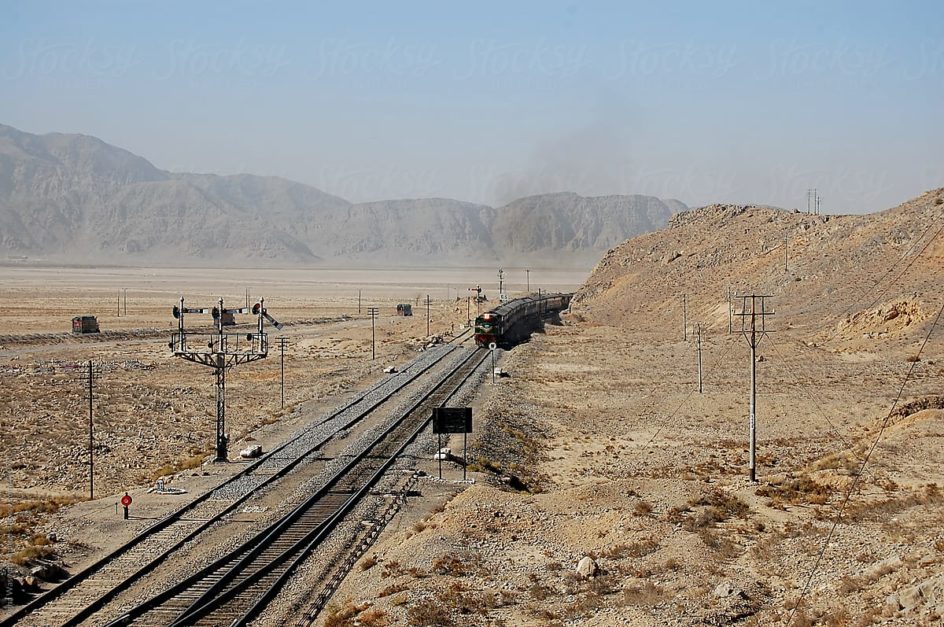
Historians disagree about Shikarpur’s precise beginnings. Some people think the city was resurrected in the 17th century when the Kalhoras ruled, while others attribute its creation around 1617 to the Daudpota clan, who were the Kalhoras’ cousins.
Whatever its exact origins, Shikarpur was well-positioned for prosperity due to its strategic location on a trade route that crossed the Bolan Pass into Afghanistan.
For Shikarpur, the 18th and 19th centuries were its heyday. In the middle of the 18th century, the city was ruled by the Afghans, and trade prospered there. Shikarpur attracted Hindu merchants, who went on to become important figures in the trade of products between India, Central Asia, and other places.
The region became known for the covered market in the city, which provided relief from the extreme heat.
By the 1800s, Shikarpur was well-known for its financial and political influence in addition to its trade. The city came under British control in 1843 when Sindh was annexed by the British.
Even though Shikarpur’s hegemony in trade was finally surpassed by Karachi’s ascent to prominence as a major port, the city yet holds cultural and historical value. Shikarpur is still a fascinating place to visit today, with its architecture, handicrafts, and customs providing a window into its illustrious past.
Prominent Places to Visit in Shikarpur
The “Emerald City,” Shikarpur, captivates tourists with its lively culture and rich history. A sneak peek at a few of its must-see sights is provided below:
Dhak Bazaar
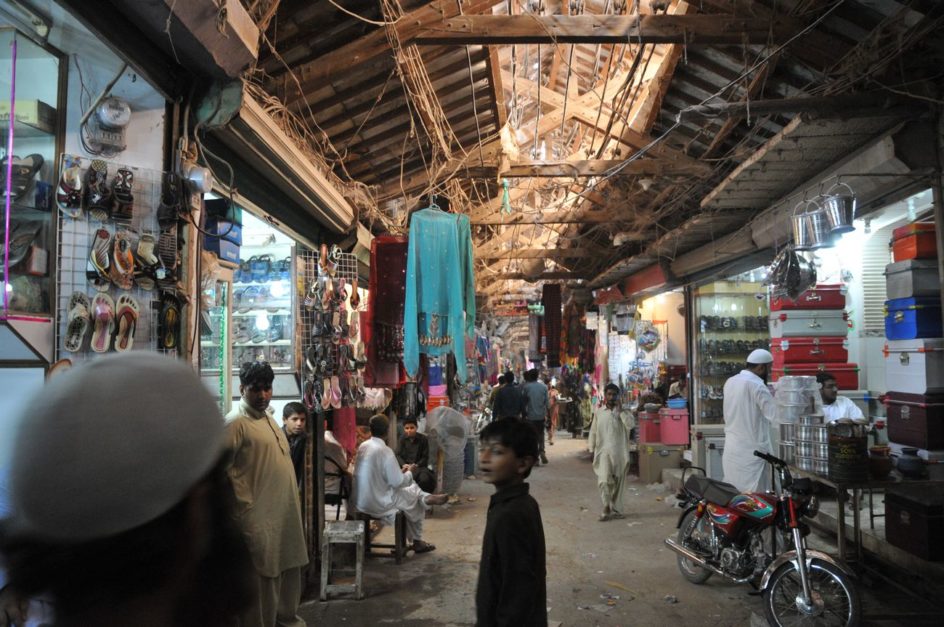
At the expansive Shahi Bazaar, a kaleidoscope of sights, sounds, and fragrances await you. This covered market is a maze of little lanes crammed with vibrant textiles, handcrafted jewellery, shiny brassware, and exquisite embroidery—a refuge from the oppressive sun. Put on your haggling hat and get ready to be amazed by the breathtaking exhibitions of regional artistic talent.
Clock Tower
An impressive example of 19th-century colonial architecture, the Clock Tower is a beautiful landmark that looms over the city.
Hazrat Allama Faqeer Shrine
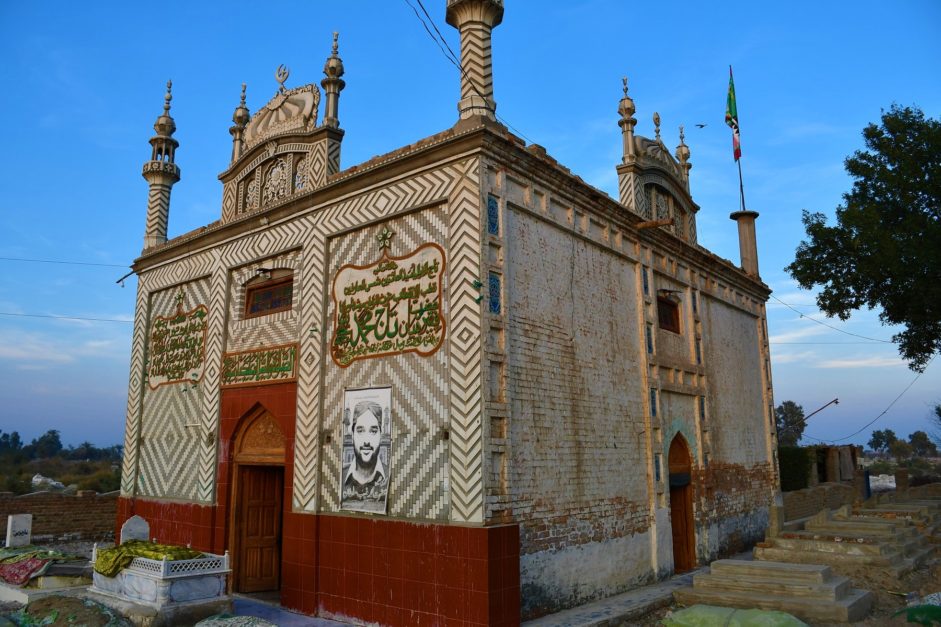
Honouring a respected Sufi thinker, this serene haven provides a much-needed break from the bustle of the metropolis. This a place of tranquilly and introspection by the exquisite calligraphy and tilework.
Shahi Bagh
Take a break from the bustle of the city and relax at the expansive Shahi Bagh. This public park is great for families and environment lovers alike because it has lush vegetation, peaceful strolling trails, a glistening lake that’s great for boating, and a designated children’s play area. Bring a picnic basket and enjoy the peace and quiet among the beautifully designed gardens.
Kutchi Fort
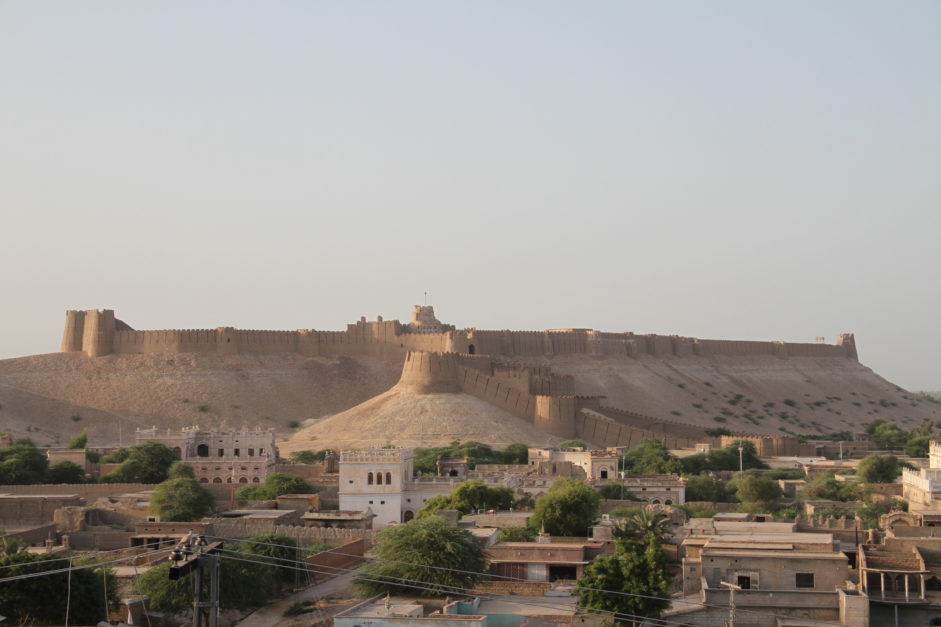
The majestic Kutchi Fort, constructed in the 18th century out of mud brick, whispers stories of Shikarpur’s history while being mostly in ruins. Discover its courtyards and ramparts and let your thoughts to stray to a bygone period. This historical relic provides insight into the architectural history of the city and its function in the protection of the surrounding area.
Shikarpur Museum
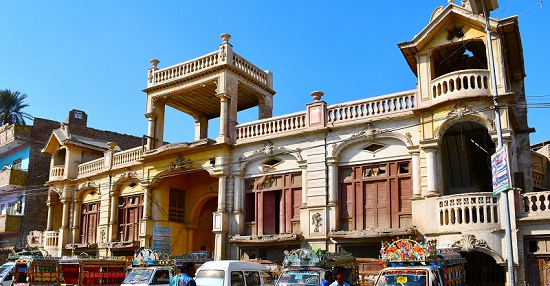
Visit the Shikarpur Museum to go on a historical tour of the city’s rich past. Despite its modest size, the museum is home to an intriguing array of artefacts, which includes weapons, coins, textiles, and pottery.
These relics provide a glimpse into the past, illuminating the habits, traditions, and artistic expressions of the city’s residents.
Seismic Activity in Shikarpur District
According to Pakistan’s Seismic Zone Map, the district is in Zone 2 A, which indicates that there will be modest to low seismic damage.
Environmental and Social Assessment for the Construction of an Allied Transmission Line and 500 KV Grid Station in Shikarpur
A compacted soil horizon can limit the depth at which roots can grow, obstruct drainage, and perhaps result in a perched water table. Indurated strata might be man-made or naturally occurring.
FAQs on Shikarpur
Following are some of the FAQs on Shikarpur.
What is Shikarpur famous for?
Thriving culture, rich history, and traditional crafts—particularly in the Shahi Bazaar, a covered market is all present.
What is the story of Shikarpur?
Due to its convenient location on a trading route, the 17th-century city flourished as a hub for trade.
Which state is Shikarpur in?
Shikarpur is in Sindh, Pakistan.
How many Tehsils are there in Shikarpur?
There are four Tehsils that make up the district of Shikarpur: Khanpur , Garhi Yasin, Lakhi.
This was all about Shikarpur. For more information, visit Graana.com.
